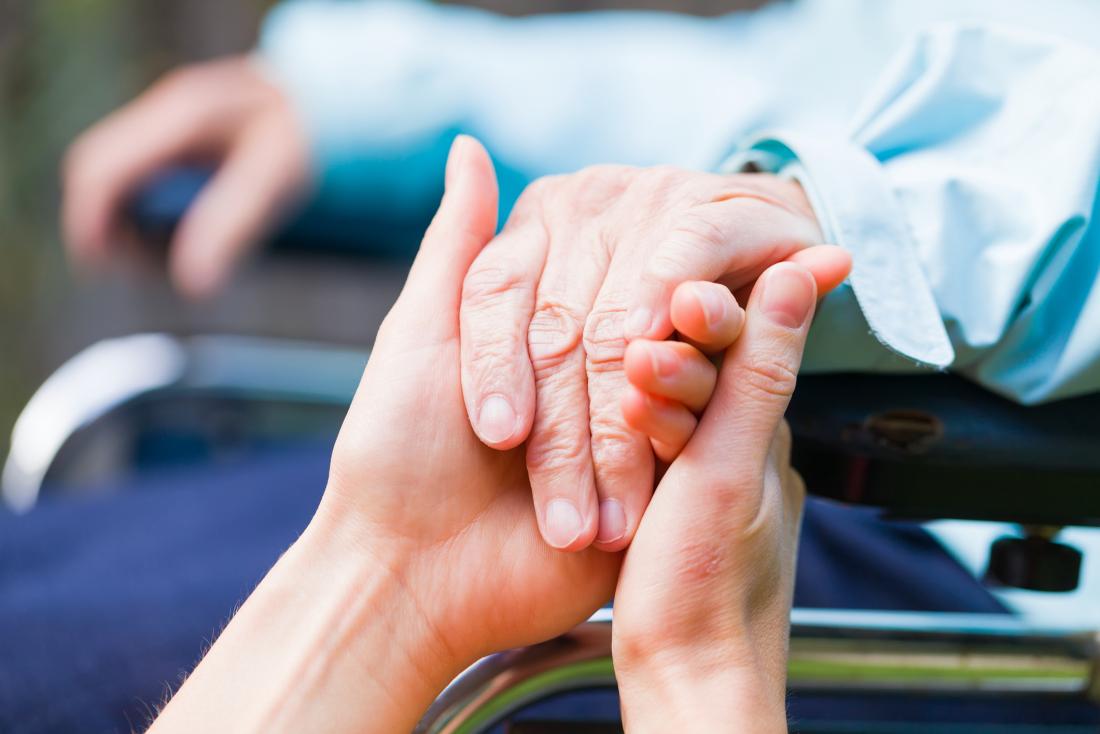Do you ever get mixed up trying to distinguish hemiplegia from hemiparesis? With all of the confusing stroke terminology out there, it’s hard to tell the difference.

Hemiplegia and hemiparesis may seem very similar because hemiplegia and hemiparesis have the same underlying symptoms. However, these terms have slightly different meanings.
In this article, we’ll break down the difference between hemiplegia and hemiparesis, describe how to manage hemiplegic or hemiparetic arm weakness, and review the long-term outcomes of each condition.
Hemiplegia and Hemiparesis
Definitions of Hemiplegia and Hemiparesis
How can one tell the differences between hemiparesis and hemiplegia? Both conditions may be accompanied by symptoms including loss of movement, loss of sensation, abnormal muscle tone (hyper or hypotonicity), and loss of postural control. One-sided weakness from hemiparesis or hemiplegia may span from the head (including facial muscles), through the trunk and the arm, and down to the legs. These can conditions even cause weakness on muscles inside of the body!
Ultimately, there is a distinction between the two terms:
Hemiparesis
Hemiparesis indicates a mild to moderate degree of muscular weakness on one side of the body.
Hemiplegia
Hemiplegia indicates a severe or complete loss of movement function on one side of the body.
Although these terms are similar and often used synonymously, hemiparesis relates to a milder form of one-sided weakness than hemiplegia. Hopefully that begins to clear things up!
Causes
Hemiplegia and hemiparesis often have the same causes; however, use of one term or the other depends on the severity of muscle weakness and dysfunction resulting from central nervous system (brain or spinal cord) injury.
Brain damage can disrupt many functions, including movement control, sensation, coordination, and thinking skills. Damage may alter or destroy the brain’s underlying neural pathways, the structures responsible for sending messages related to controlling the rest of the body. Abnormalities in brain areas responsible for controlling movement and muscle tone are primarily responsible for causing hemiparesis or hemiplegia.
Hemiparesis or hemiplegia may occur as a result of the following diagnoses:
- Stroke: Stroke is one of the most common causes of one-sided bodily weakness. The severity of muscle weakness that you experience can depend on the size and location damage within the brain
- Traumatic brain injury (TBI): A TBI can cause permanent brain damage. If the trauma only affects one side of the brain, hemiplegia can result on the opposite side of the body. Common causes of trauma include car accidents, falls, or blows to the head.
- Spinal cord injury (SCI): SCI has many presentations. Depending on where the spinal cord was damaged, resultant weakness may affect only one side of the body.
- Brain Tumors: Brain tumors can lead to a variety of physical problems including hemiplegia. Symptoms of hemiplegia may get worse as the tumor grows and invades brain areas that control movement.
- Additional Causes: Multiple sclerosis, muscular dystrophy, cerebral palsy, amyotrophic lateral sclerosis (ALS)
Symptoms
Hemiplegia or hemiparesis may present differently from person to person. Common symptoms of these conditions include:
- Muscle weakness wasting, or atrophy
- Loss of coordination lack of gross or fine motor skills resulting in difficulties sitting, standing, walking, or reaching
- Loss of normal muscle tone resulting in stiffness, spasticity, flaccidity
- Loss of sensation difficulty detecting texture, temperature, touch, or pain
Management
There are many ways to manage symptoms of one-sided weakness from hemiplegia or hemiparesis. Common treatment approaches include remediating physical function by strengthening muscles and restoring lost skills or compensating for independent function using supportive devices.
Rehabilitation Treatment
The concept of neuroplasticity, which states that the body can adapt to the environment and change even after the brain is damaged, suggests that it is possible to improve hemiplegic symptoms through rehabilitation. High-frequency and high repetition strengthening exercise and functional task training may help reduce weakness.
Equipment/devices
Assistive devices are used to enable independent functioning by supplementing skills that the user cannot perform independently.
Common assistive devices used to make up for one-sided weakness include:
- Mobility aids: wheelchair, walker, cane
- Meal aids: universal cuff, built-up utensils, suction cup plates, high wall plates, no-slip mats
- Dressing aids: reacher, sock aid, elastic shoelaces, long shoehorn
- Bath accessories: shower chair, tub bench, raised toilet seat, grab bars, long-handled sponge
- Bowel and bladder aids: catheter equipment, bowel program equipment
- Splints and braces for the arm or leg
Mental health management
A significant medical condition associated with reduced physical functioning, daily routine changes, or increased dependency on others can contribute to feelings of hopelesness or depression. It is recommended that survivors partake in psychological counseling to provide support, promote appropriate adjustment to disability, and instill coping mechanisms and hope. Always ask your primary doctor about mental health resources or a referral to a counselor in the event that you are struggling.

Prognosis
What is the prognosis for hemiparesis or hemiplegia?
The prognoses of hemiplegia and hemiparesis are difficult to predict because symptoms may change over time. Each person is different in how they recover from brain, spinal cord, or nerve damage due to variables like age, current health, and other underlying factors. Some will recover quickly with no treatment while others will only see minor improvements even with extensive therapy.
However, even after damage, nerve cells in the brain and spinal cord show capability to rewire and adapt to regain lost functions. It is possible for older nerve pathways to heal and resume their original function or for different, undamaged areas to perform the functions of the damaged area instead.
In order to promote neuroplastic changes for improved physical functioning, health management, rehabilitation, and therapeutic activities and exercise are vital. It helps to have a supportive medical team to guide you throughout the process.
WRITTEN BY
- Ashley Gatewood, OTR/LAshley is an occupational therapist and health writer based out of Richmond, VA. Ashley has seven years of experience across multiple practice settings and is currently working in adult home health.
- June LeeClinical Manager / Physical Therapist
